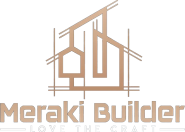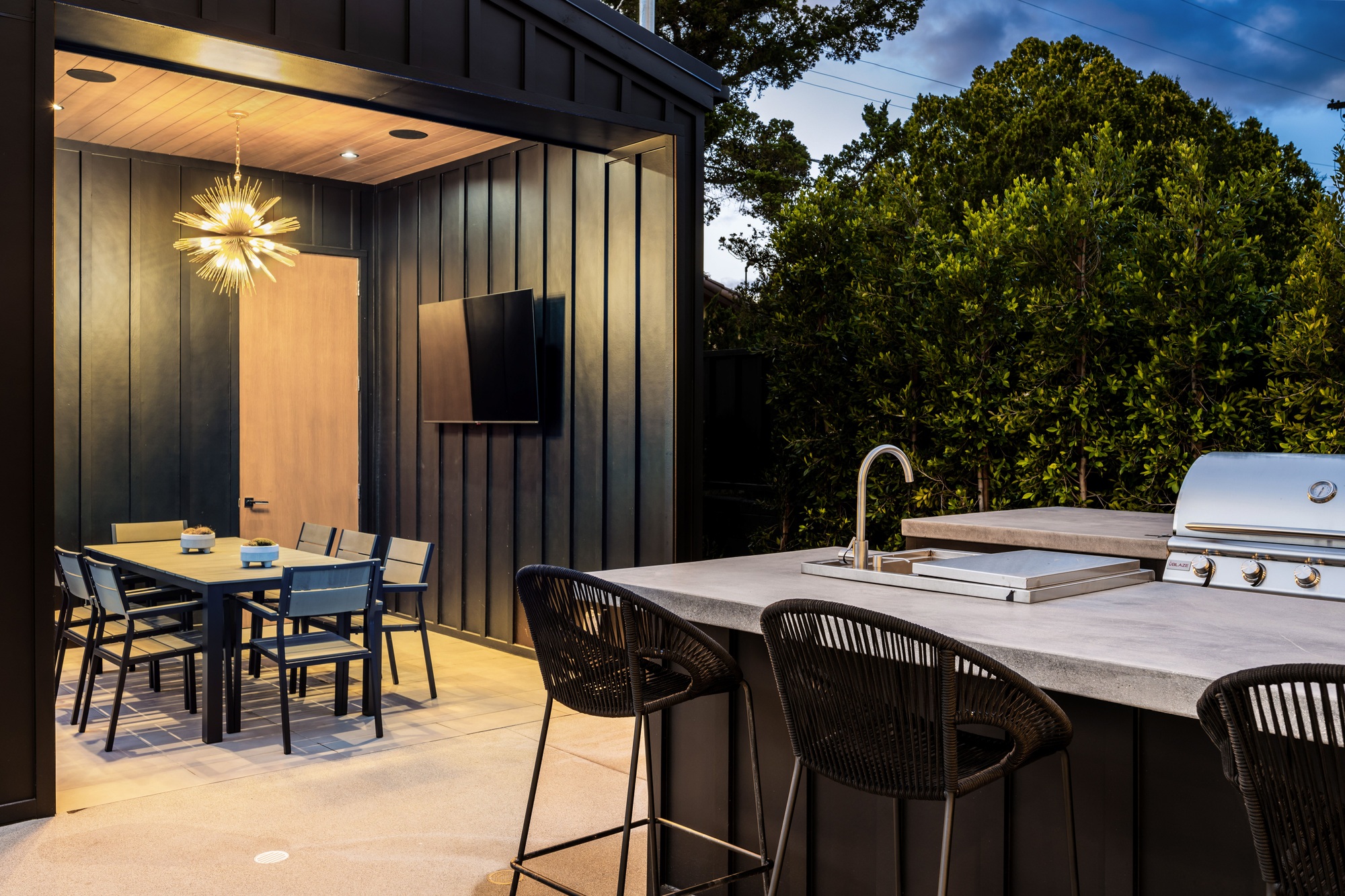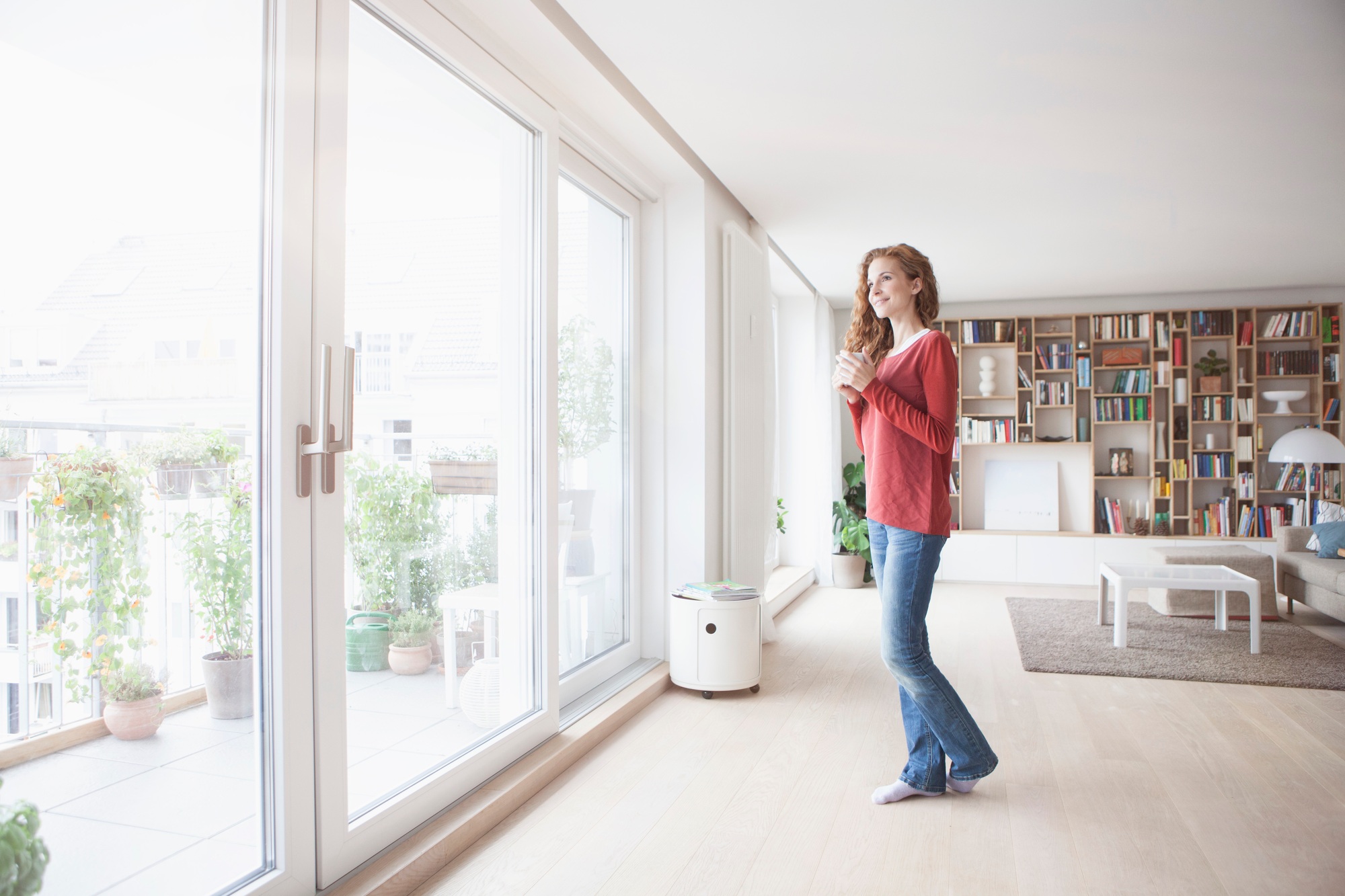Outdoor kitchens have become a staple of luxury living in Texas. With long summers and a culture that values entertaining and backyard living, these spaces offer both beauty and function. But in a state where temperatures can soar well past 100 degrees, building an outdoor kitchen that lasts takes more than good design—it requires the right materials, smart planning, and thoughtful features that stand up to the climate.
Whether you’re dreaming of weekend cookouts or creating a second kitchen for everyday use, here’s how to design an outdoor kitchen that can handle the Texas heat and still look incredible for years to come.
Choose Materials That Can Take the Heat
One of the most important steps in creating a durable outdoor kitchen is selecting materials that are specifically designed for exterior use and high temperatures. Unlike indoor finishes, outdoor surfaces have to withstand direct sunlight, humidity, rain, and rapid temperature changes. Here are a few of the best-performing materials for Texas climates:
- Stainless Steel: A favorite for outdoor cabinetry and appliances, stainless steel is heat-resistant, rustproof, and easy to maintain. Look for marine-grade or powder-coated options for even more durability.
- Porcelain Tile or Stone: For countertops and flooring, these materials are popular because they resist fading and heat damage. They also provide a high-end, polished look.
- Concrete: When properly sealed, concrete countertops offer a modern aesthetic with great longevity. Be sure to account for expansion and contraction due to heat.
- Composite or Treated Wood: If you’re including cabinetry, seating, or trim elements, composite materials or pressure-treated wood can resist warping, rotting, and insect damage.
Avoid traditional materials like untreated wood, standard laminate, or soft metals, as they can deteriorate quickly under Texas sun and moisture.
Think About Shade and Shelter
Sun protection is key in an outdoor kitchen—not just for your comfort, but for preserving the integrity of your materials and appliances. Prolonged exposure to direct sunlight can warp surfaces, overheat cooking zones, and fade finishes.
Consider incorporating:
- Pergolas or Pavilions: These provide shade while still allowing airflow and natural light.
- Retractable Awnings: A great flexible option for controlling sun exposure during different times of day.
- Roof Extensions: If your kitchen is near the home, extending the roofline can give permanent shelter and blend the indoor-outdoor feel.
Proper ventilation is equally important. If your outdoor kitchen includes a built-in grill or cooktop, be sure to plan for ventilation to disperse smoke and excess heat.
Layout and Flow Matter
The best outdoor kitchens mirror the efficiency and zoning of your indoor kitchen, with clearly defined areas for prep, cooking, serving, and cleaning. A functional layout improves both usability and comfort.
Include these zones where possible:
- Cooking Zone: This includes the grill, burners, and prep surfaces. Ensure ample counter space on either side of the grill for food prep and utensils.
- Cold Zone: Outdoor-rated refrigerators, ice makers, and coolers should be conveniently located but protected from direct sunlight.
- Wet Zone: A sink is a useful addition for washing hands, rinsing produce, or cleaning up. Be sure it’s properly plumbed and weather-resistant.
- Serving and Dining Zone: A bar area or dining table with comfortable seating makes the space welcoming and usable all day.
Design for smooth traffic flow between zones, especially if multiple people will be using the space at once.
Choose Appliances Designed for the Outdoors
Not all kitchen appliances are suitable for outdoor use. Opt for high-quality, weatherproof appliances rated specifically for exterior installation. These may cost more upfront, but they’ll last significantly longer and perform better in harsh conditions.
Look for features like:
- Outdoor-rated refrigerators with sealed systems
- Heavy-duty grills with insulated hoods
- Side burners or smokers built into stone or steel bases
- Sealed drawers and ice compartments
Protect appliances when not in use with durable covers or built-in cabinetry to minimize exposure to dust, debris, and sun.
Don’t Forget the Finishing Touches
What makes an outdoor kitchen feel like a true extension of your home are the small details that increase usability and comfort:
- Lighting: Include overhead lighting, under-counter lights, and accent lighting to make the space safe and inviting at night.
- Fans or Misters: These offer relief during especially hot days and keep guests comfortable.
- Entertainment Options: Consider adding an outdoor-rated television, Bluetooth speakers, or integrated smart lighting for ambiance.
- Storage: Built-in cabinets, utensil drawers, and hidden trash receptacles keep everything organized and within reach.
Conclusion
Designing an outdoor kitchen that lasts in the Texas heat takes more than curb appeal. With the right layout, weather-resistant materials, and smart features, your outdoor space can serve as a year-round gathering place that enhances both your home and your lifestyle. At Meraki Builder, we help homeowners blend durability with design to create outdoor kitchens that work as beautifully as they look—even in the hottest Texas summers.








